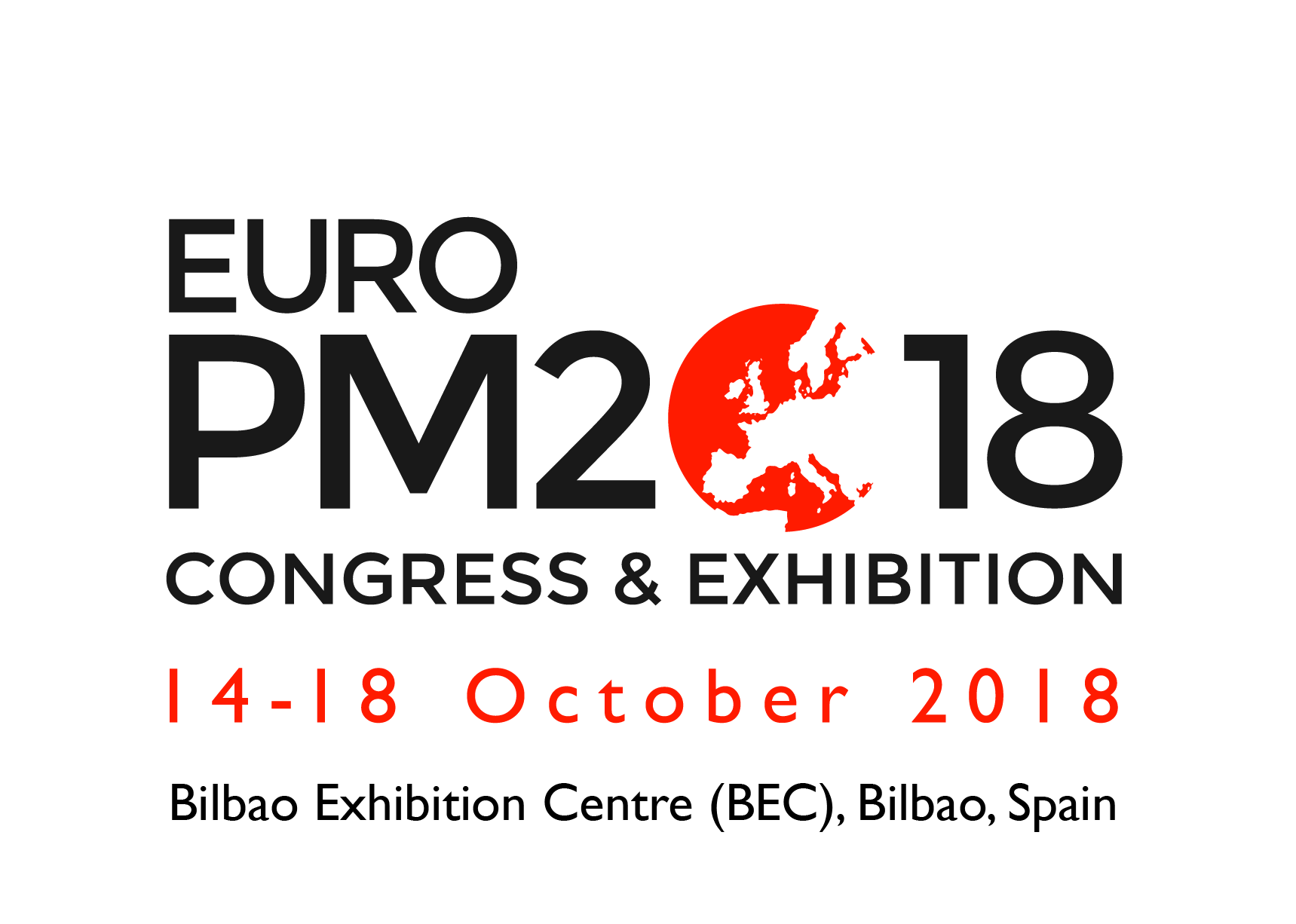Research Article
Microstructural and Mechanical Properties of Cu-based Alloy Manufactured by Self-propagating High-temperature Synthesis Method
Amiour Y1*, Zemmour K1 and Vrel D21Laboratoire LEREC, Département de Physique, Université de Annaba, Algeria
2Laboratory LIMHP, UPR 1311 CNRS, Université Paris XIII, 99 Avenue J.-B. Clément, 93430 Villetaneuse, France
- *Corresponding Author:
- Amiour Y
Laboratoire LEREC
département de physique
Université de Annaba, Algeria
Tel: 213/038752758
E-mail: amiouryacin.@gmail.com
Received Date: August 16, 2016; Accepted Date: October 12, 2016; Published Date: October 20, 2016
Citation: Amiour Y, Zemmour K, Vrel D (2016) Microstructural and Mechanical Properties of Cu-based Alloy Manufactured by Self-propagating High-temperature Synthesis Method. J Powder Metall Min 5:144. doi:10.4172/2168-9806.1000144
Copyright: © 2016 Amiour Y, et al. This is an open-access article distributed under the terms of the Creative Commons Attribution License, which permits unrestricted use, distribution, and reproduction in any medium, provided the original author and source are credited.
Abstract
Microstructure and properties of Cu1-xZn1-yAl1-z ranging through (0.29<X<0.30; 0.74<Y<0.75; and 0.83<Z<0.96) alloys obtained by the self- propagating high-temperature synthesis (SHS) were examined. The microstructural and mechanical properties were examined, respectively by X-ray diffraction, tensile tests and Brinell hardness and at last by scanning electron microscopy (SEM). The obtained results showed that the modification of composition lead to the formation of new phases. Therefore, this microstructure affects strongly the mechanical properties of the selected samples.

 Spanish
Spanish  Chinese
Chinese  Russian
Russian  German
German  French
French  Japanese
Japanese  Portuguese
Portuguese  Hindi
Hindi 

